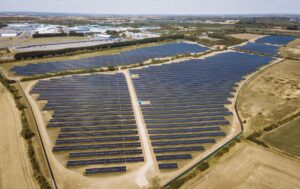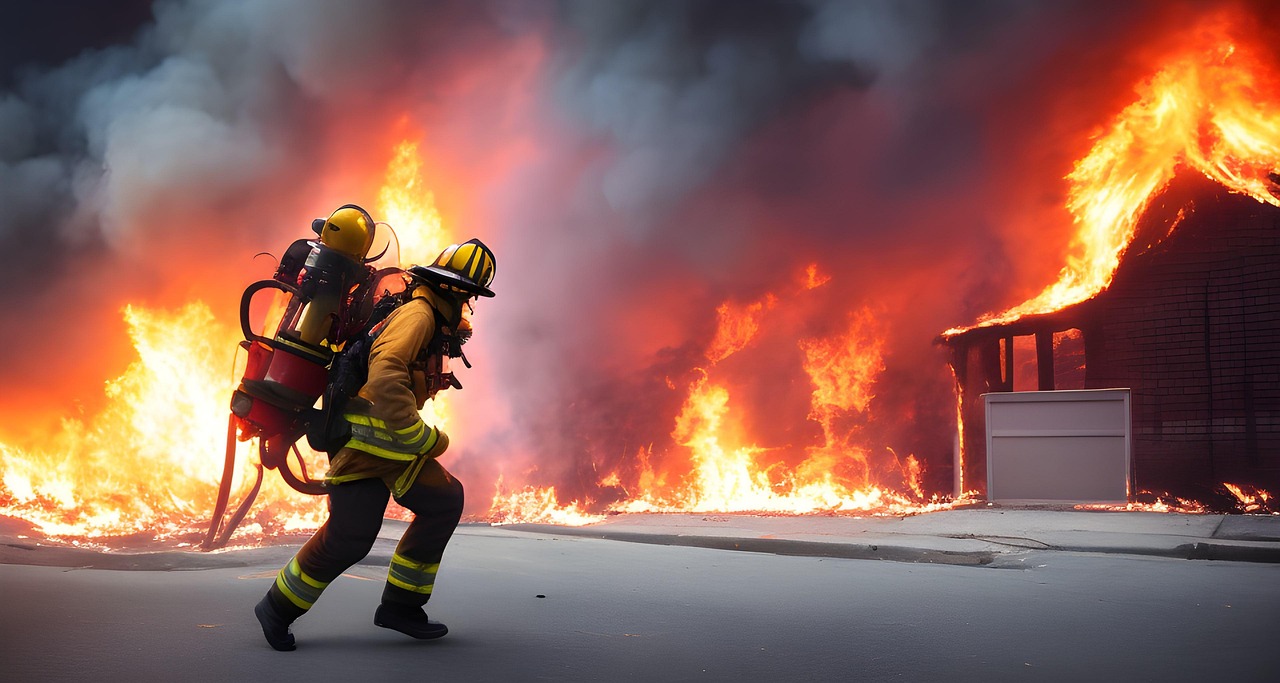A new study has found that human exposure to wildland fires increased by 40% between 2002 and 2021, even though the total area burned worldwide actually declined by more than a quarter.
The research, which analysed two decades of satellite fire records and population data, found that nearly half of the world’s population now lives on the wildland-urban interface – where development meets forests and grassland – placing billions of people in the path of potential wildfires.
The apparent paradox – that fewer fires are burning overall, yet more people are being directly exposed – is largely driven by the spread of human settlements into fire-prone landscapes, doubling the number of people exposed per unit of land burned.
Globally, around 440 million people were directly exposed to wildland fires during the 20-year study period. Despite fires in North America and Europe making the headlines, Africa accounted for a staggering 85% of these exposures, reflecting both the continent’s widespread use of fire for land management and the extent to which its growing population is extending into savanna regions.
In contrast, wildfire disasters in North America, Europe, and Australia represented less than 3% of global exposure.
The study also highlights the outsized role of the most extreme fires, extreme being defined here as: ‘events with cumulative fire radiative power exceeding the 99.99th percentile of all wildland fires globally’.
That 0.01% was responsible for 0.6% of global human exposure and 5% of the burned area. In disaster-prone regions such as California, southern Europe, and Australia, these high-intensity fires have caused enormous losses of life and property.
Senior author Mojtaba Sadegh, an associate professor of civil engineering at Idaho’s Boise State Universit said: ‘the western U.S. and particularly California are hot spots of intense fires globally. Our previously published study shows that California experiences a disproportionately large share of U.S. fire impacts, accounting for 72% of human exposures despite comprising 15% of the nation’s burned area.
Climate change is intensifying the risk. Since 1979, the number of days with extreme fire weather has increased by more than 50% worldwide, lengthening fire seasons and creating conditions for more destructive events.
The researchers warn that as towns and cities continue to expand into the wildland-urban interface, fire exposure will only grow. Even though these areas cover less than 5% of the Earth’s surface, they are now home to almost half of the world’s population.
The researchers argue that mitigation strategies, from fire-resilient housing and better land management to controlled burns, will be essential to protect communities as the climate warms and more people move into fire-prone zones.
Co-author Amir AghaKouchak, UC Irvine Chancellor’s Professor of civil and environmental engineering said: As climate change intensifies fire weather and global populations continue to expand into fire-prone zones, proactive mitigation will be increasingly critical to reduce the risk of future wildfire disasters.’
The full report can be read here.
Photo: TheTastefulMind












![A breath of fresh data: Inside a Supersite [Part 1]](https://airqualitynews.com/wp-content/uploads/sites/2/2025/08/supersite2-300x225.jpg)
![A breath of fresh data: Inside a Supersite [Part 2]](https://airqualitynews.com/wp-content/uploads/sites/2/2025/08/supersite3-300x213.jpg)




Leave a Reply